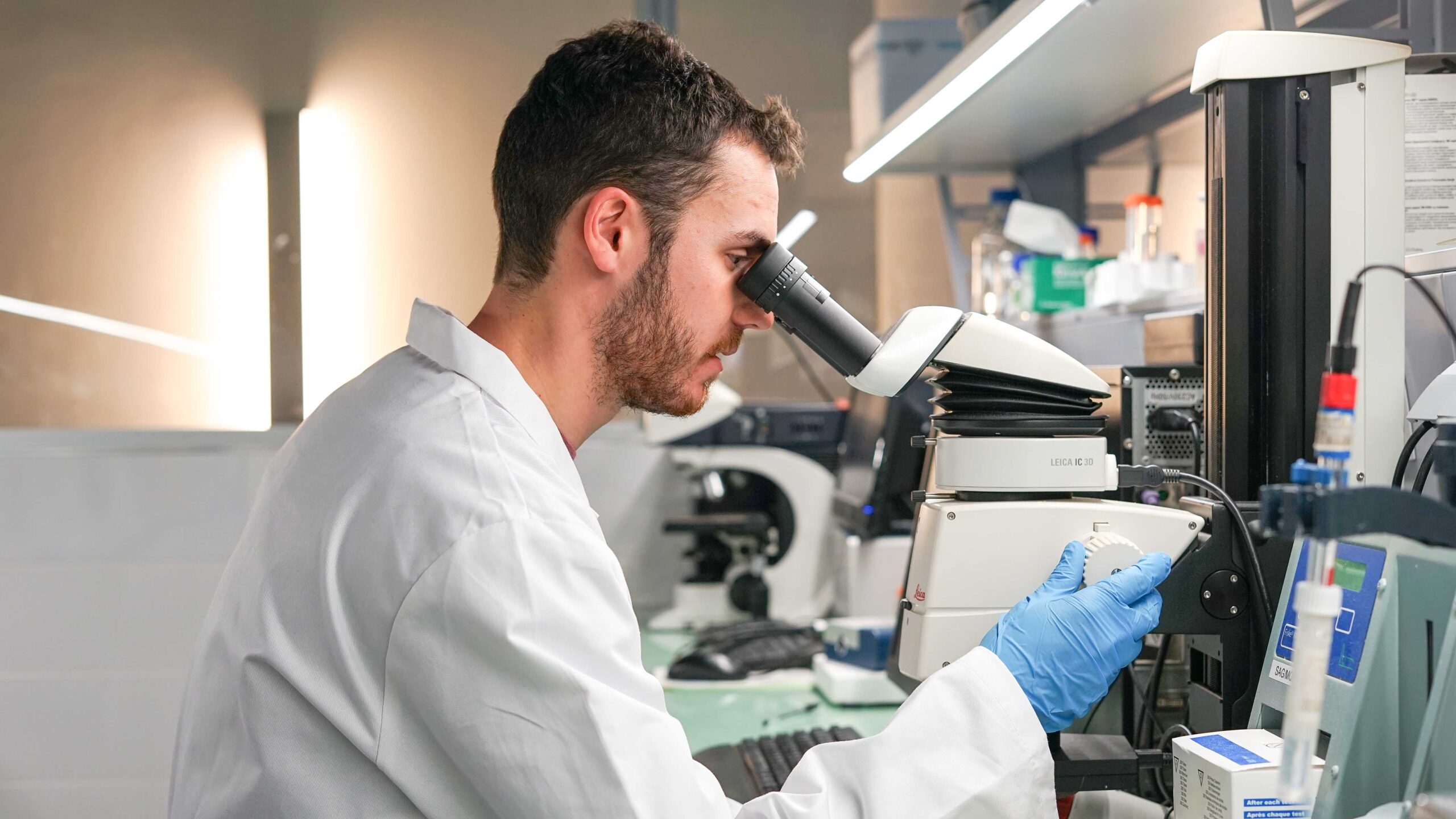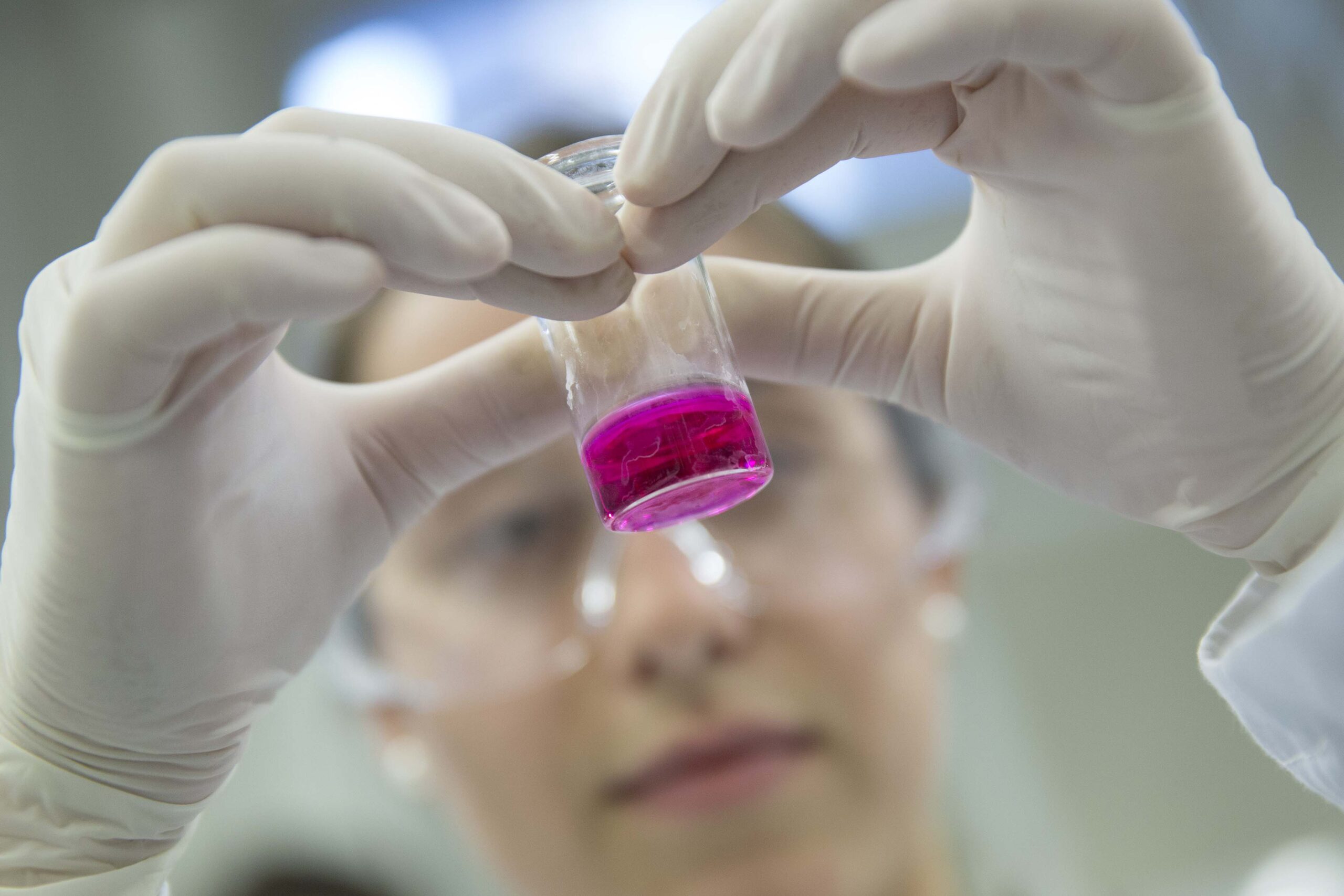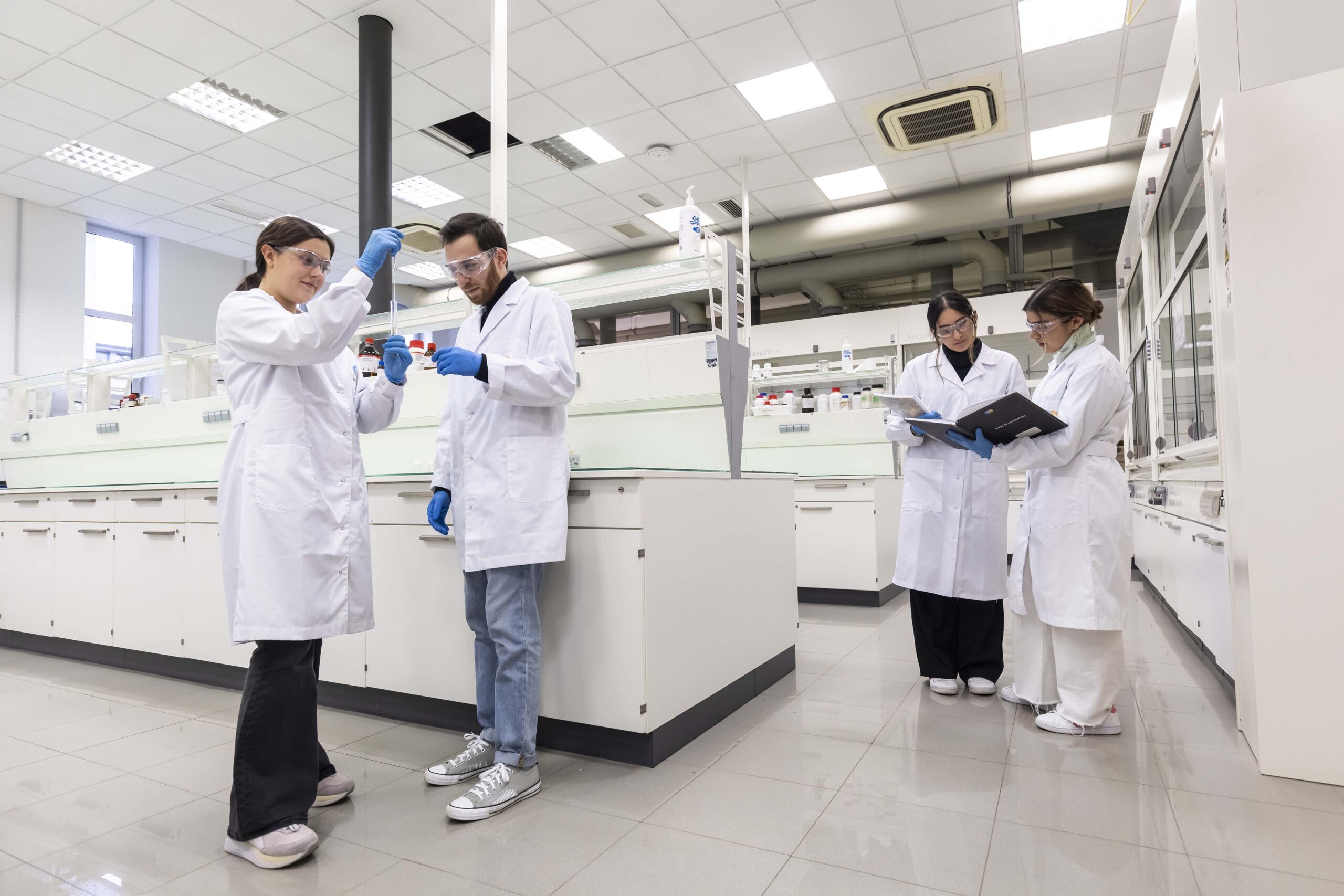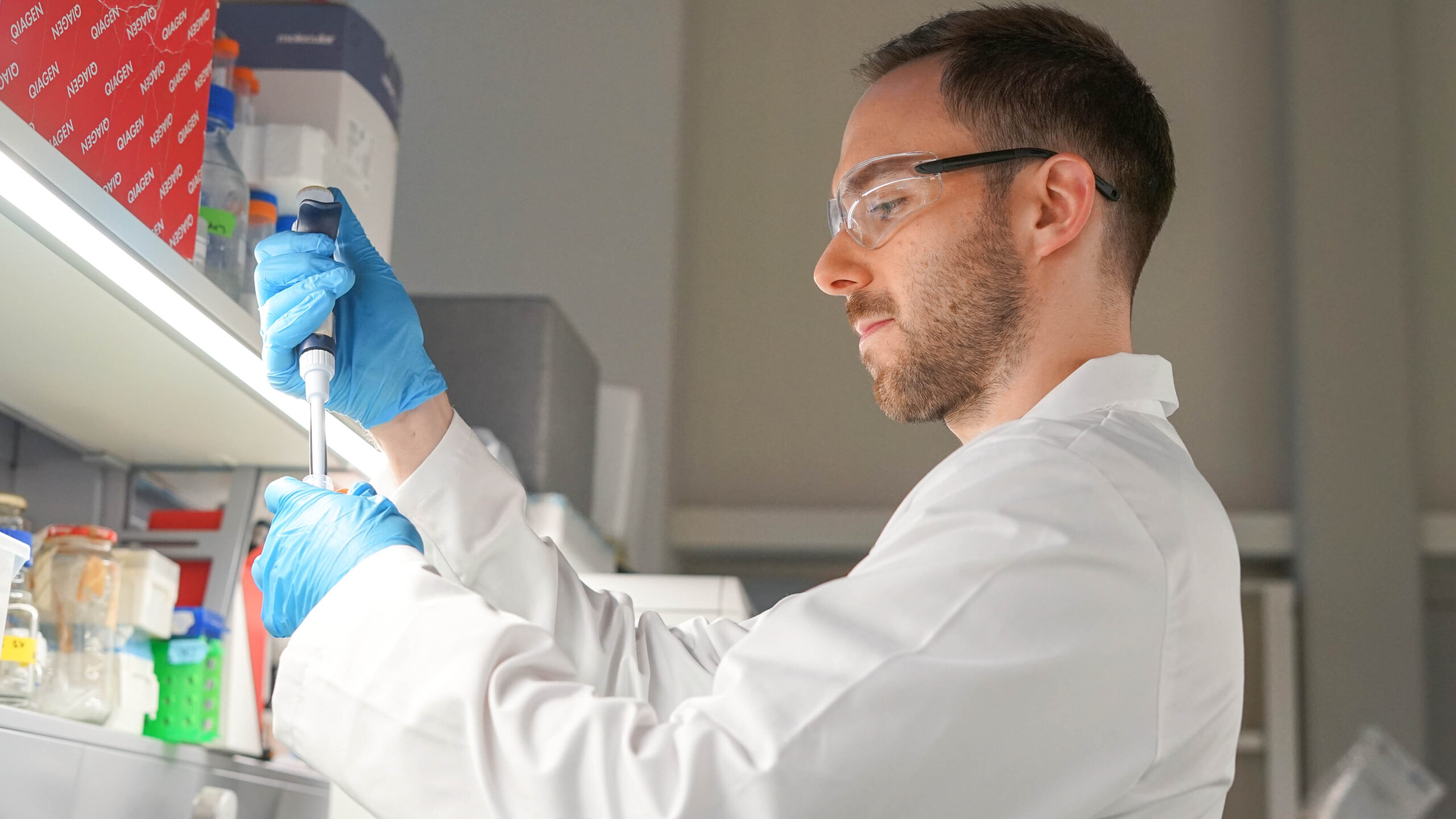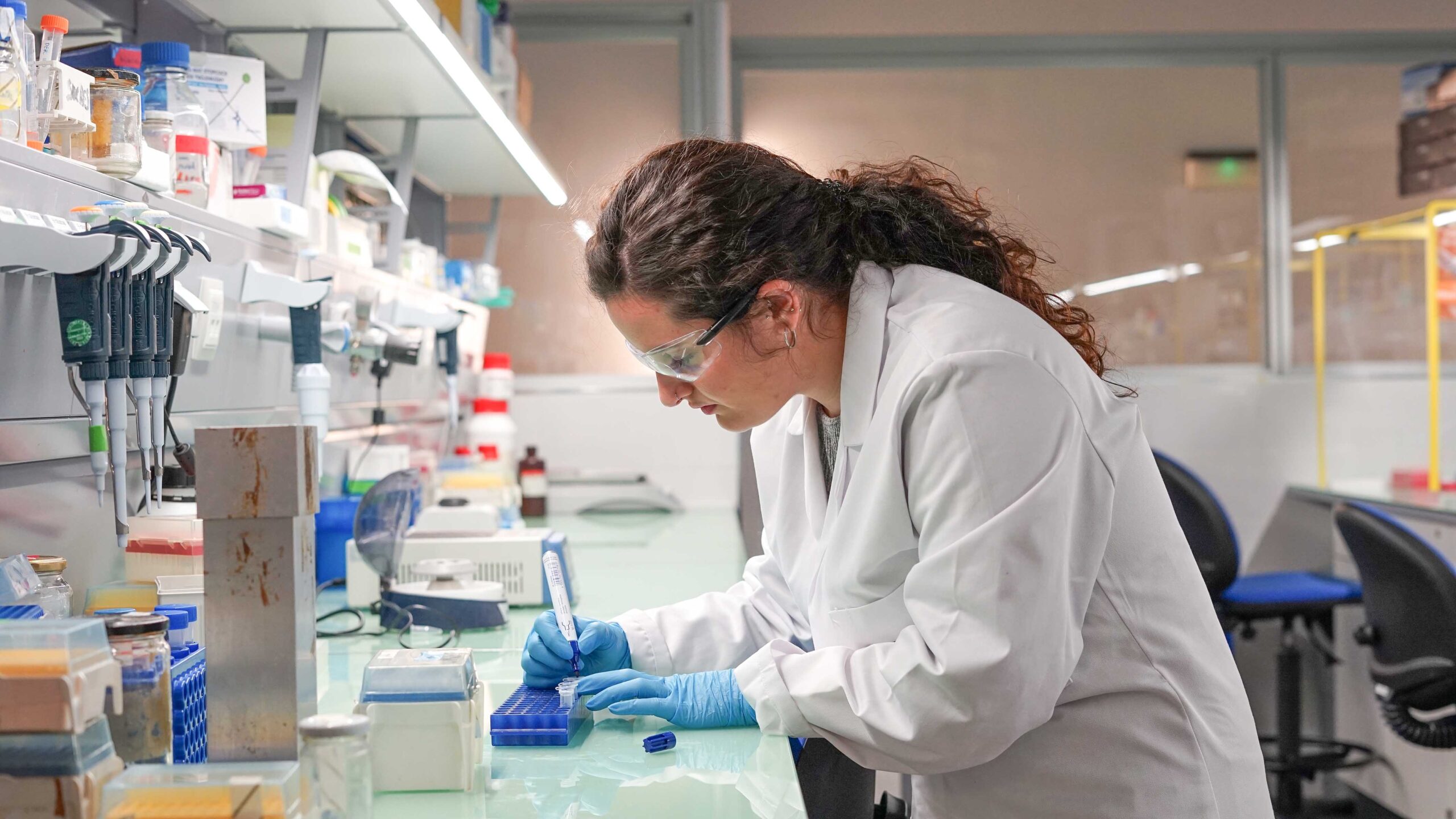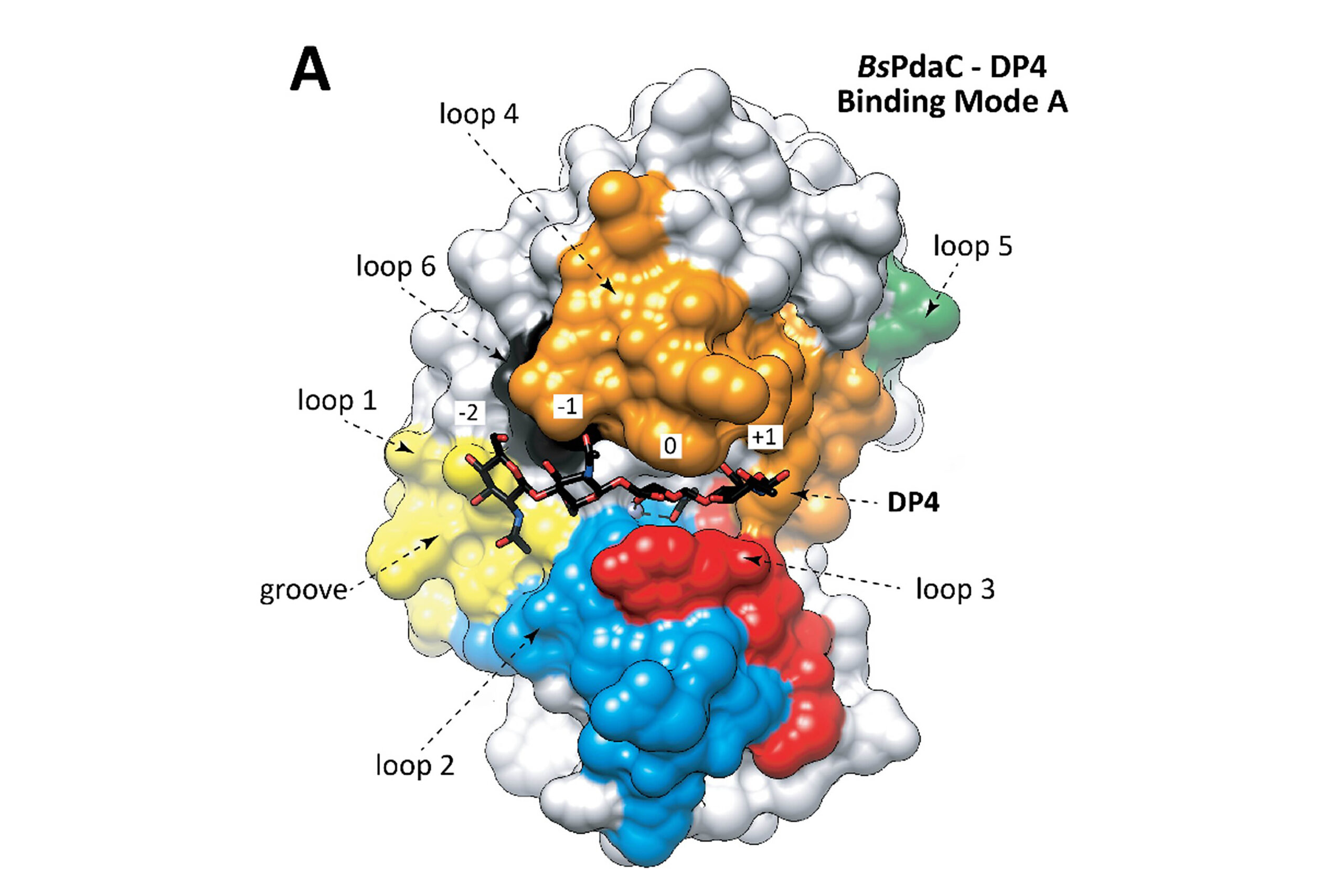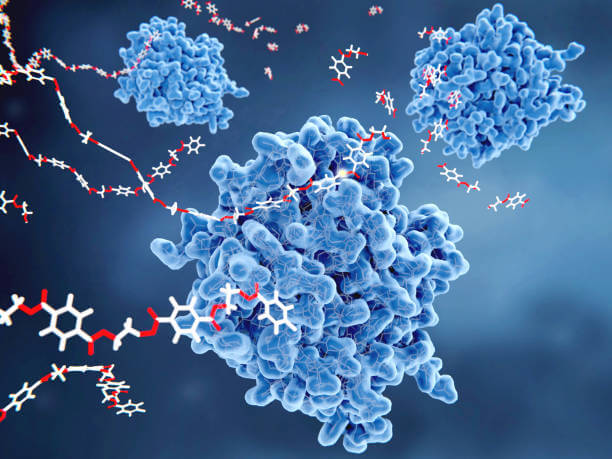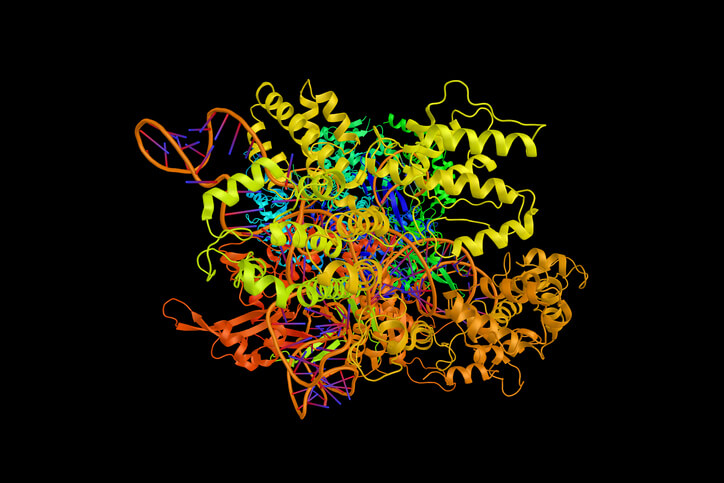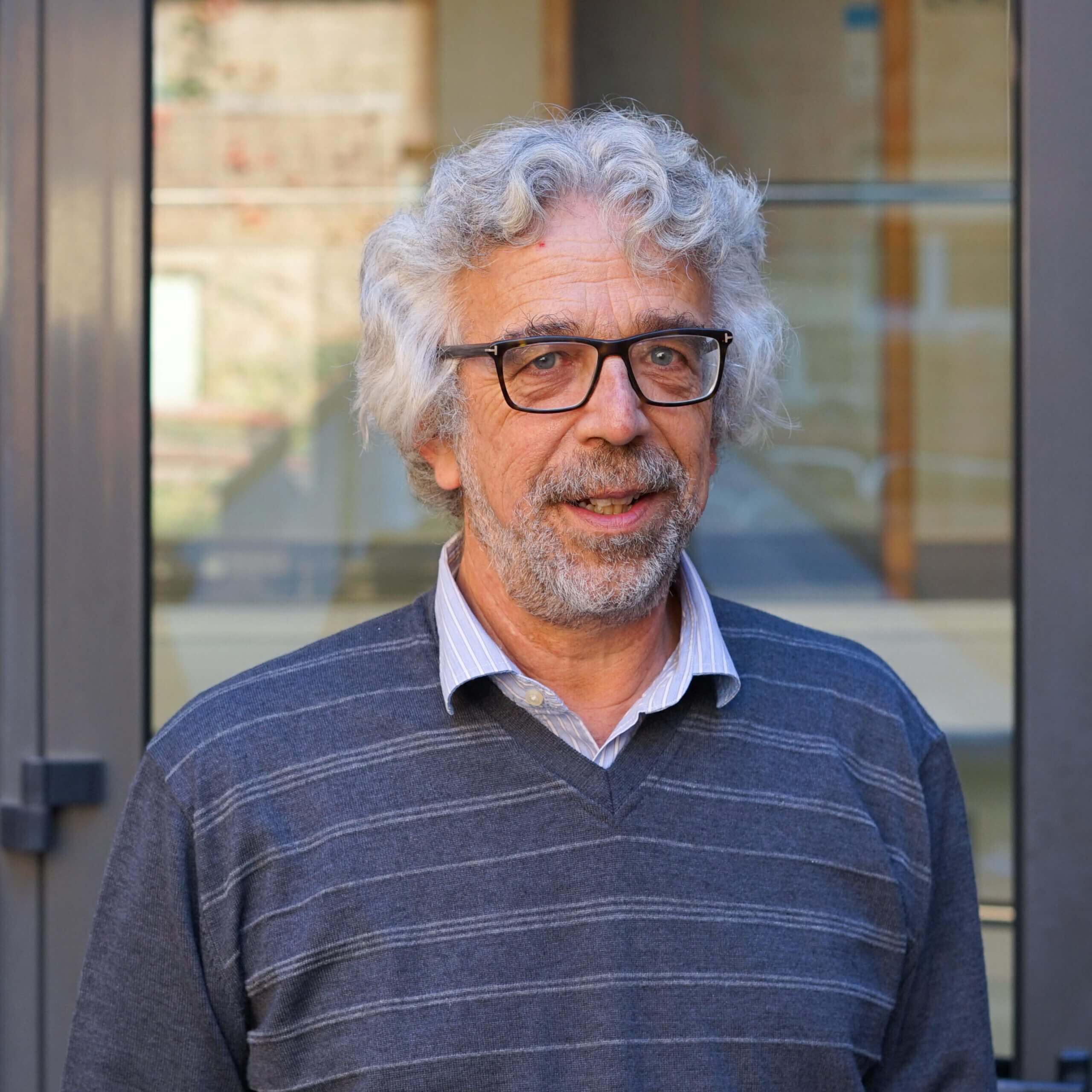The IQS Biological Chemistry and Biotechnology Group (GQBB), led by Dr Antoni Planas Sauter, has carried out the Glycodesign project with the aim of understanding and modifying the substrate specificity of enzymes active on carbohydrates or CAZymes, a ubiquitous class of enzymes that catalyse the biosynthesis, decomposition, and transformation of glycan structures. Through target CAZymes, this project has produced high-value glycans and glycoconjugates for applications in biotechnology and biomedicine through the application of protein engineering and metabolic engineering.
CAZymes Enzymatic Engineering Structure-function and biocatalysis
By targeting different classes of CAZymes – carbohydrate esterases, glycosyltransferases, and glycosidases – the researchers in the Glycodesign project have studied and understood the specificity of the enzymes to modulate or modify the recognition of the different substrates and to be able to create biocatalysts to produce different bioactive glycans. With that in mind:
- The project has studied the engineering of chitin deacetylases to produce chitooligosaccharides with defined sequences, and a highly active mutant has been obtained that acts on larger chitooligosaccharides and demonstrates the critical role of the “loop” dynamics of the active centre in specificity (Doctoral Thesis by Dr Sergi Pascual).
- To unravel the structural determinants of the specificity of MurNAc versus GlcNAc in peptidoglycan deacetylases, a new deacetylase with dual specificity has been characterized and a new classification of subfamilies has been proposed (Doctoral Thesis by Dr Laia Grifoll).
- Enzymatic synthesis of human milk oligosaccharides (HMOs) has been achieved, designing a lacto-N-biosidase as an enzyme with transglycosidase activity for the synthesis of lacto-N-tetraose (LNT), the main I HMO class (Doctoral Thesis by Mireia Castejón).
On the other hand, in the computational field, thanks to the research carried out in Glycodesign, it has been possible to introduce new metrics such as scoring functions (electrostatics and affinity), which have been applied to target enzymes in the laboratory. This part of the research has been carried out using the Bindscan tool developed by the GQBB group itself to support the experimental design of proteins.
Metabolic engineering with CAZymes
In a second area of work, Glycodesign has developed cellular platforms (bacteria, yeasts, and microalgae) through metabolic engineering to produce glycolipids. Various objectives have been achieved with this, including:
- Advances in the development of a strain of S.cerevisiae metabolically modified to produce α-galactosylceramide (α-GalCer), having characterized a new α-galactosyltransferase with a unique specificity (Doctoral Thesis by Dr Marc Caballé). Currently, the GQBB group is engineering the metabolism of phytoceramide to generate the cellular platform for the production of α-GalCer.
- The engineering of the chloroplast metabolism of the microalgae C. reinhardtii has been initiated for the biosynthesis of rhamnolipids as biosurfactants (Doctoral Thesis by Dr Bernat Miró). The success of this engineering has enabled the production of the lipid precursor HAA from rhamnolipids.
- A module for a first nuclear optogenetic system in microalgae has been designed for light-switched control of gene expression in synthetic biology. Currently, the group is working on a new optogenetic control system design to control gene expression in chloroplasts.
- Finally, the engineering of E. coli strains has been carried out as a cell production platform capable of using acetate as a raw material. The promising results of a new antibiotic-free selection system, using acetate as a carbon source, and the plasmid selection system pave the way for future improvements towards an efficient cellular platform for the production of bioproducts.
As a result of this project, various doctoral theses have been defended, 22 articles have been published in different scientific journals, Chapter 2 – Glycoside hydrolases: mechanisms, specifities and engineering has been published in the book Glycoside Hydrolases Biochemistry, Biophysics and Biotechnology (2023), and various scientific and business collaborations (national and international) have been conducted.
The Glycodesign project has received funding from the Ministry of Science, Innovation, and Universities – State Research Agency (PID2019-104350RB-I00), within the call for State Programmes for Knowledge Generation and Scientific and Technological Strengthening of the R&D&i system aimed at the challenges of society.ración de Conocimiento y Fortalecimiento Científico y Tecnológico del sistema de I+D+i orientada a los retos de la sociedad.

